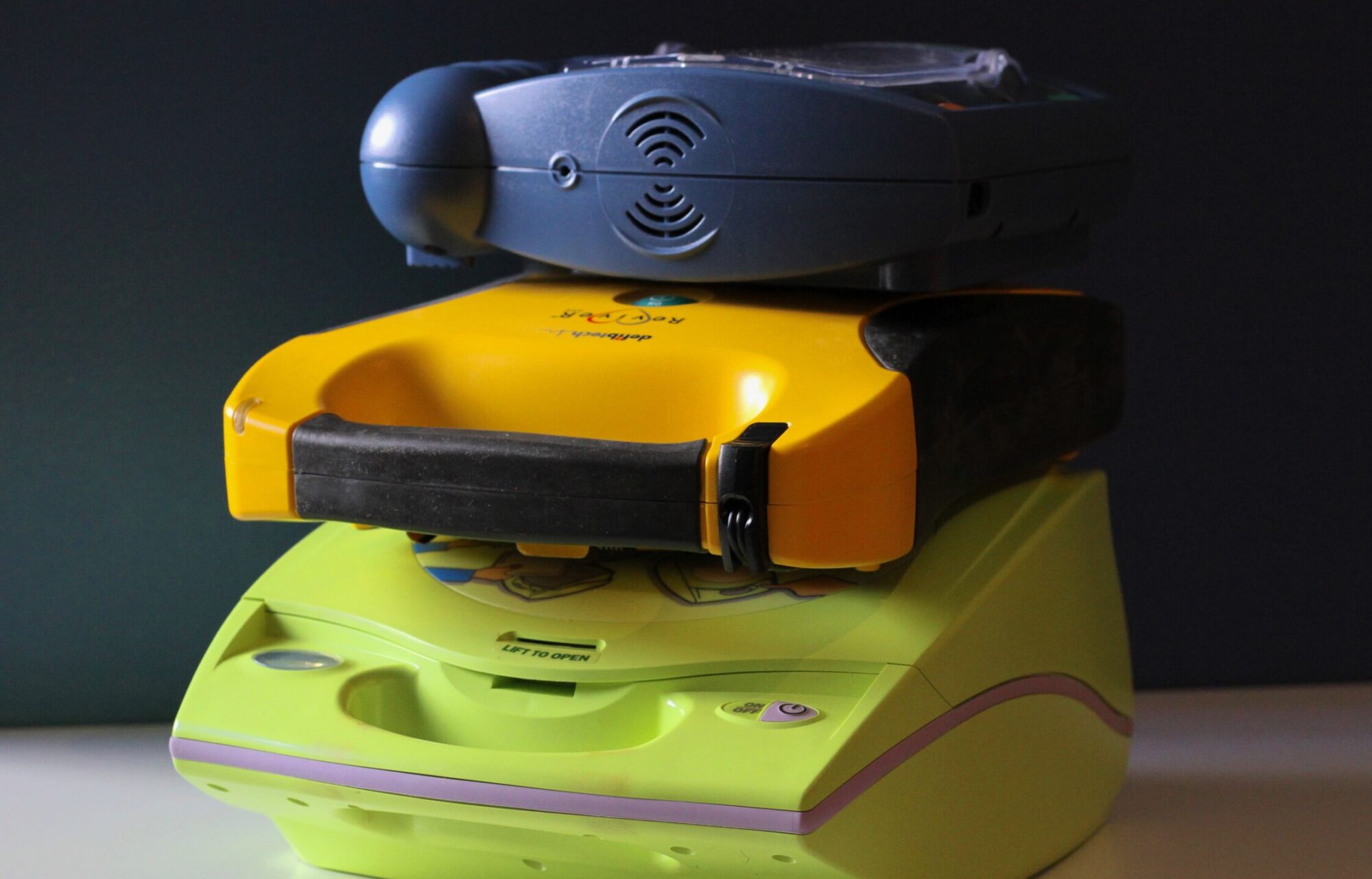Comparing AED size & weight is an easy way to translate how portable one AED model is to the next. Big, bulky AEDs like the ZOLL AED Plus or Cardiac Science models, are heavy and difficult to carry.
Why are smaller and lighter AEDs better?
AED units need to be available when they’re needed the most. Many AEDs are located in fixed AED cabinets, but sudden cardiac arrest doesn’t just happen in hallways next to cabinets. It can happen anywhere, at any time, including outside on the track, park, or baseball field.
Small, lightweight AEDs are more portable and easier to carry. They don’t get in the way or add “bulk” to athletic trainers who already carry enormous gear bags.
Think about it: if you’re a parent who’s carting your kids around on the weekend from one activity to the next, are you more likely to bring a small AED that can fit into your glovebox or an 8-pound monstrosity that requires a separate backpack to haul?
We feel that the more likely you are to easily transport your AED, the more likely you are to have it when it’s needed the most. AED size & weight is a critical factor to consider when evaluating what AED is right for your needs.
Next, learn more about the importance of an AED unit’s durability, or check out all of the AED comparison factors.
